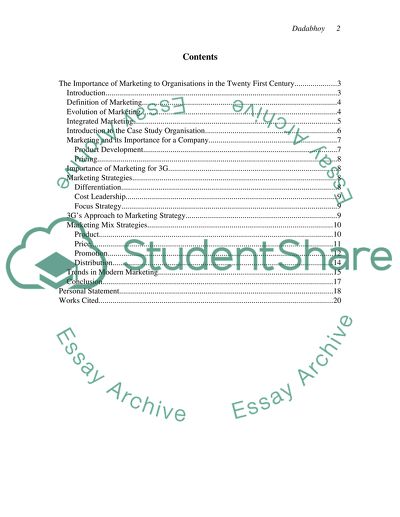Cite this document
(“Marketing Essay Example | Topics and Well Written Essays - 3750 words”, n.d.)
Retrieved from https://studentshare.org/miscellaneous/1540557-marketing
Retrieved from https://studentshare.org/miscellaneous/1540557-marketing
(Marketing Essay Example | Topics and Well Written Essays - 3750 Words)
https://studentshare.org/miscellaneous/1540557-marketing.
https://studentshare.org/miscellaneous/1540557-marketing.
“Marketing Essay Example | Topics and Well Written Essays - 3750 Words”, n.d. https://studentshare.org/miscellaneous/1540557-marketing.


